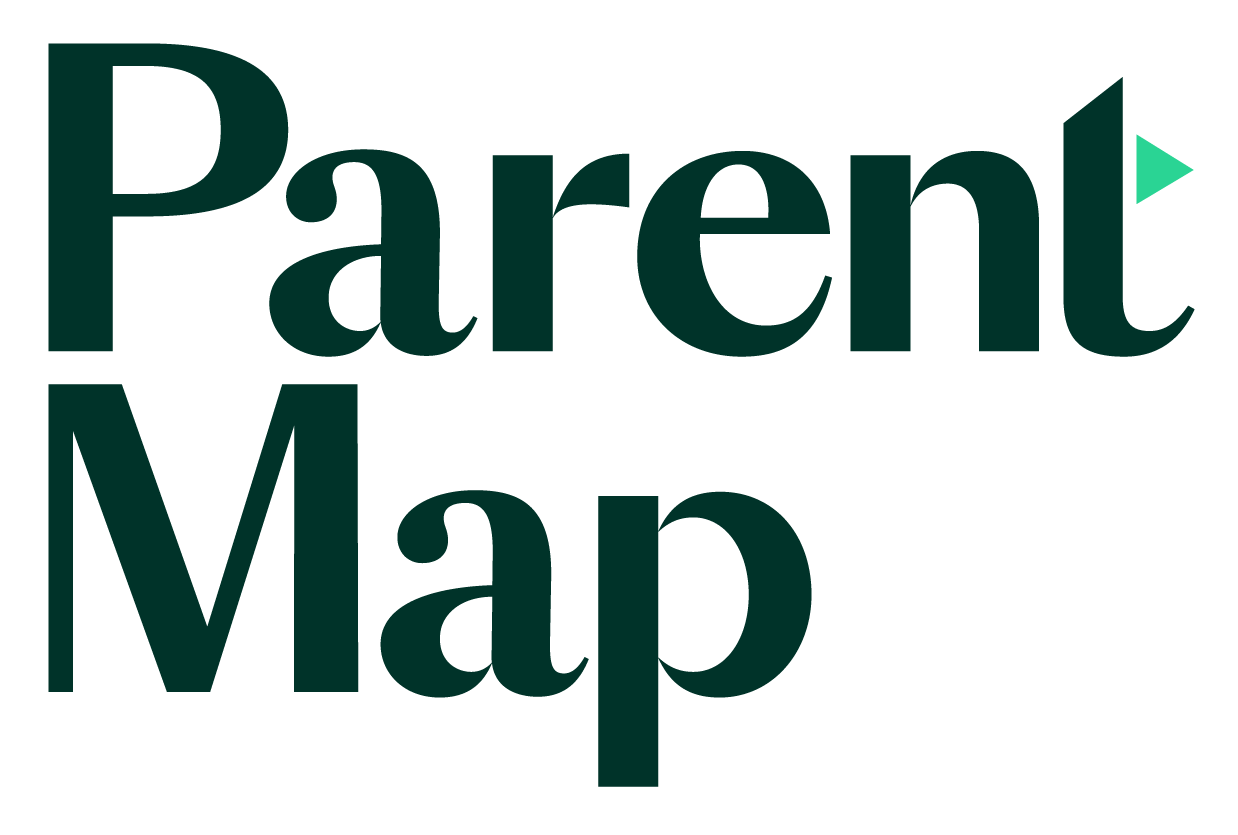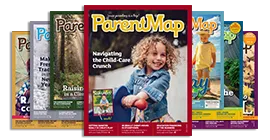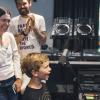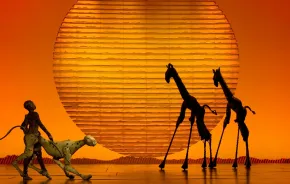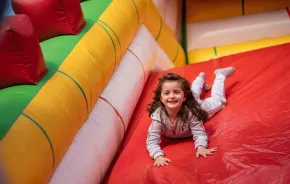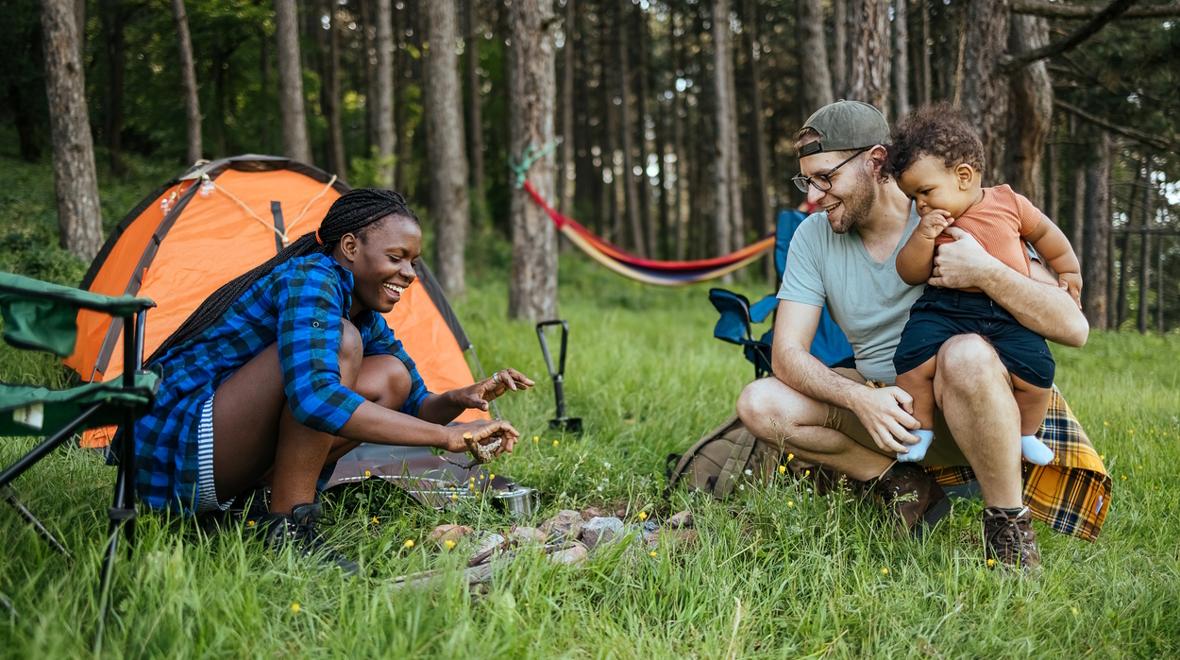
Photo:
iStock
Folks around here spend more money at REI than designer boutiques and compete for choice campsite reservations like they are Taylor Swift tickets. For those who have moved from more prosaic environments and more urban lifestyles, watching the neighbors head for the hills every summer (and winter) can be a little intimidating. But even if you know more about coding than camping, you can spend a weekend in the woods without being eaten by bears.
Get help
Some subcultures are prone to gatekeeping, but people who love the outdoors tend to be a little evangelical. Simply saying, “That sounds fun. I’ve never been camping before,” or “My dad took me camping once when I was five,” can overcome the Seattle Freeze. Before you know it, you could be overwhelmed with invitations to join someone else’s camping trip and offers to loan you equipment. (Longtime Seattle residents are more likely to own a spare tent than a spare umbrella.)
Consider joining The Mountaineers to learn outdoor skills, and if you have a little experience, take their annual Backpacking with Kids course or sign up for a family-friendly overnight hike. If you are an absolute beginner but still want that remote camping experience, you can book guided, overnight outdoor trips from tour companies. For example, Explore-Share is sort of like Airbnb for outdoor guides, and Olympic Hiking Co. is an authorized tour operator — its local guides take small groups on multiday hiking trips through Olympic National Park. Do your research on the company and the packages they offer carefully, and check with providers to ensure your kids are old enough and up for the physical challenges.
Consider glamping
Glamping — a portmanteau of glamour and camping — is a great option for folks who want to get some fresh air outside of the city, but don’t want to sacrifice comfort. Resorts such as Lakedale and Doe Bay (both in the San Juan Islands) offer cabins, yurts or fancy safari-style tents. Several state parks have yurts, too, but nabbing a reservation requires impeccable timing and a bit of luck.
If you find yourself wondering, “But what do people even do when there’s no internet?” or if the thought of preparing meals without a Cuisinart is too daunting, consider signing up the whole family for summer camp together.
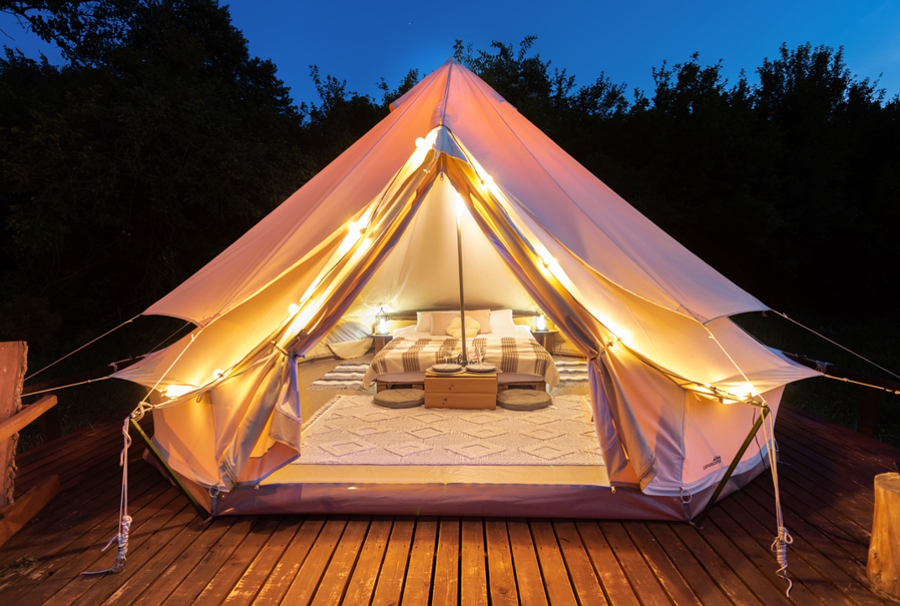
Go car camping
If your idea of camping means hiking miles into the woods, pitching a tent in the wilderness and catching fish to cook over a campfire, the Pacific Northwest is the right place for you. But driving to a designated campsite with a picnic table and a permanent firepit within 20 feet of your parked car still counts as camping. Many families never feel the need to camp any rougher, and even many experienced campers car camp while they learn how to incorporate kids into their camping routine or until kids are big enough to literally carry their own weight.
There are established campgrounds on federal, state and private land, but the state parks tend to be the most beginner-friendly, with garbage bins, water spigots and sometimes even flush toilets and showers. Reservations for campsites at state parks open several months in advance. Not all campgrounds require or even offer reservations, but the most popular and convenient campgrounds for families can fill up fast, and you don’t want to arrive at a park with a carload of kids only to have to turn around and drive all the way home because the campground is full.
Camping basics checklist
Camping styles differ, with some people taking pride in how little they bring from home and others rejoicing in how much they can recreate the comforts of home at their campsite. But unless you’re glamping, there are a few universal basics.
A 4-person tent will fit four sleeping bags – and nothing else. When you choose your tent, decide if you’re going to keep everything in the car, or if you want backpacks or other items with you at night, and size up accordingly. If your kids are a bit older, instead of getting one huge tent, consider two smaller ones to give kids a sense of adventure and you a bit more room to spread out.
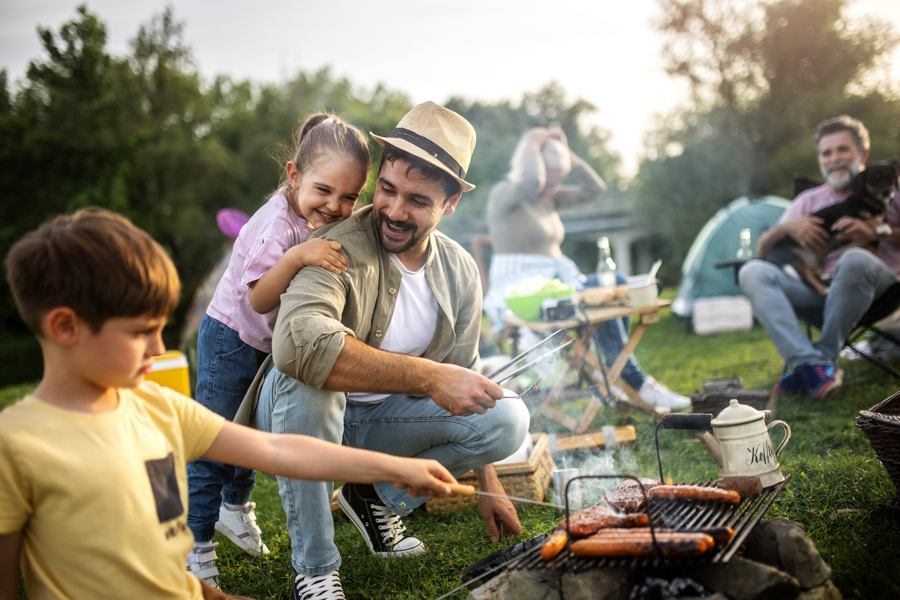
Modern tents are generally easy to set up, but if you have space, practice at least once before you go so you’re not doing it for the first time as the sun sets when the kids are already exhausted after a long drive. Sleeping on the ground takes a little getting used to, and it gets harder with age; bring a sleeping pad to supplement your sleeping bag. Pack warm layers and socks to sleep in. Nights will usually be cooler than you expect, especially at higher elevations or on the coast. Pacific Northwest summers are generally dry, but rain is always possible. Try to take a tent with waterproofing rated at least 5,000 mm – nothing ruins a camping trip faster than cold, wet kids. Similarly, bring rain jackets; rainy-day hikes are infinitely more fun than shivering in a tent.
Despite the potential for rain, summer is wildfire season, and you should take the risk seriously, no matter how much you were looking forward to s’mores. Bring a simple cookstove and have a plan for camping with fire restrictions. Refresh yourself on food safety rules and plan your camping meals accordingly. I personally would not consider camping without a Jetboil to make morning coffee and instant soup.
You are highly unlikely to encounter a bear while car camping, but if your campground has bear-proof food lockers, use them. Even if you are not camping in bear country, birds and squirrels can make a mess of your campsite overnight, so pack up all food items before you go to bed.
Local resources and tips
Locals talk about various trails and forests the way people in other cities review the latest nightclub. But how do you figure out where to go when you’re just starting out? Seattle Public Library has a list of local outdoor recreation guides that can help you find hikes to match your family’s fitness level and campgrounds that suit your standards and interests. For more expert advice, check out the family skills articles on REI’s website. If you’ve built some confidence car camping and want to try roughing it for real, Washington Trails Association is a fantastic resource for learning about overnight backpacking destinations.
It can be really expensive to buy everything you need for a weekend in the wilderness if you’re starting from scratch. Test equipment borrowed from outdoor gear lending services to find out what will work best for your family. Gear donation programs can provide whatever you can’t find on Craigslist or at The Mountaineers’ seasonal Gear Grab.
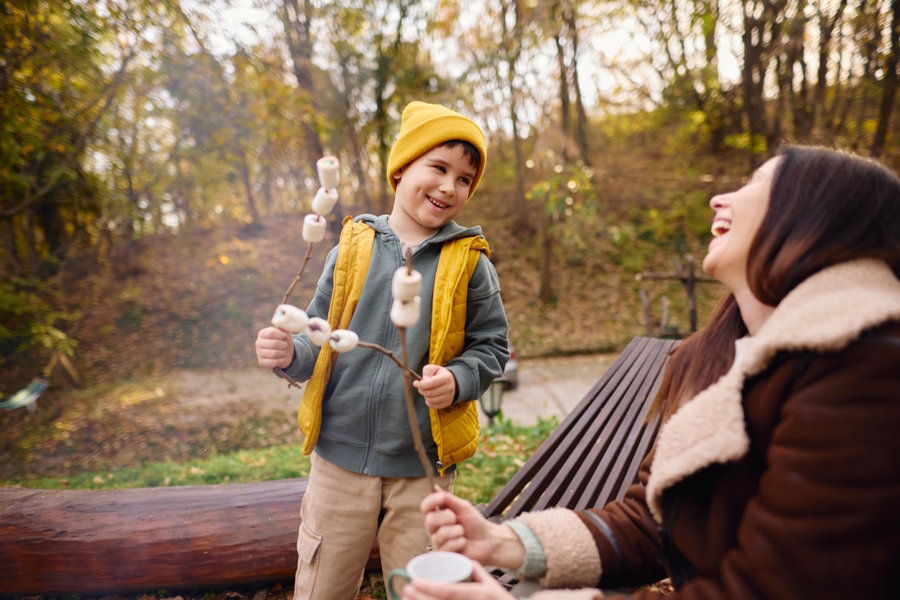
Have fun
There is a lot to learn and myriad details to manage when you’re new to camping. Try not to get too caught up in getting it right. Keep a positive attitude and an open mind. Your trip is not a failure if you have to hop in the car and run into town for breakfast because the cookstove is out of gas. If you’re not having fun, don’t drag out a bad experience. Go home a day early or even pack up in the middle of the night. But once you’re washed and rested, think of what could have made it better and try that next time. With practice, you’ll find what works for your family and get your camping routine down to a (relaxed and enjoyable) science.
More camping resources for families: |
